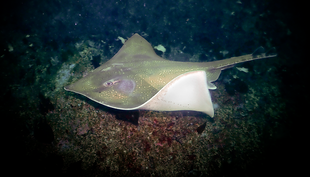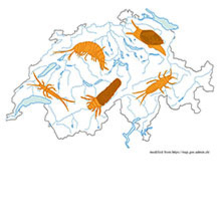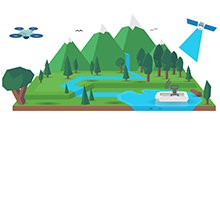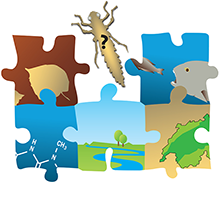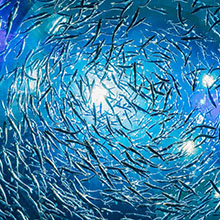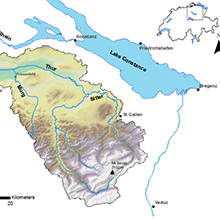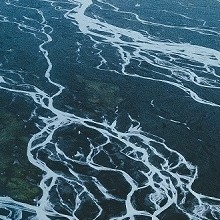Department Systems Analysis, Integrated Assessment and Modelling

Systems Analysis, Integrated Assessment and Modelling
In SIAM, we develop and apply models and formal techniques in order to understand, demonstrate, and predict the behavior of natural, technical, social and economical systems that pertain to water and other natural resources. Read more
New Publications
Beven, K., Archfield, S., Batelaan, O., Chen, C., Fenicia, F., Gascuel-Odoux, C., … Vimal, S. (2025). On the value of a history of hydrology and the establishment of a History of Hydrology Working Group. Hydrological Sciences Journal, 70(5), 717-729. doi:10.1080/02626667.2025.2452357, Institutional Repository
Chaparro-Pedraza, P. C., & Bank, C. (2025). Evolving life-history traits promote biodiversity via eco-evolutionary feedback mechanisms. PLoS Biology, 23(11), e3003492 (18 pp.). doi:10.1371/journal.pbio.3003492, Institutional Repository
Cho, P. G., Falster, G., Bolster, D., Berke, M. A., & Müller, M. F. (2025). Influence of the Indian Walker Circulation on δ18OP and Hydroclimate Variability in the Indian Ocean Basin. Journal of Geophysical Research: Atmospheres, 130(8), e2025JD043840 (14 pp.). doi:10.1029/2025JD043840, Institutional Repository
Contzen, N., Aigner, E., Scheidegger, A., Aicher, L., & Wilks, M. F. (2025). Uncovering the value orientations behind health concerns driving pro-environmental decisions: the case of pesticide use in agriculture. Current Research in Ecological and Social Psychology, 9, 100240 (12 pp.). doi:10.1016/j.cresp.2025.100240, Institutional Repository
Dirmeier, S., Albert, C., & Perez-Cruz, F. (2025). Simulation-based Inference for high-dimensional data using surjective sequential neural likelihood estimation. In S. Chiappa & S. Magliacane (Eds.), Proceedings of machine learning research: Vol. 286. Proceedings of the 41st conference on uncertainty in artificial intelligence (UAI 2025) (pp. 1039-1050). Rio de Janeiro: ML Research Press. , Institutional Repository
Eyring, S., Merz, E., Reyes, M., Ntetsika, P., Dennis, S. R., Isles, P. D. F., … Pomati, F. (2025). Distinct phytoplankton size classes respond differently to biotic and abiotic factors. ISME Communications, 5(1), ycae148 (11 pp.). doi:10.1093/ismeco/ycae148, Institutional Repository

